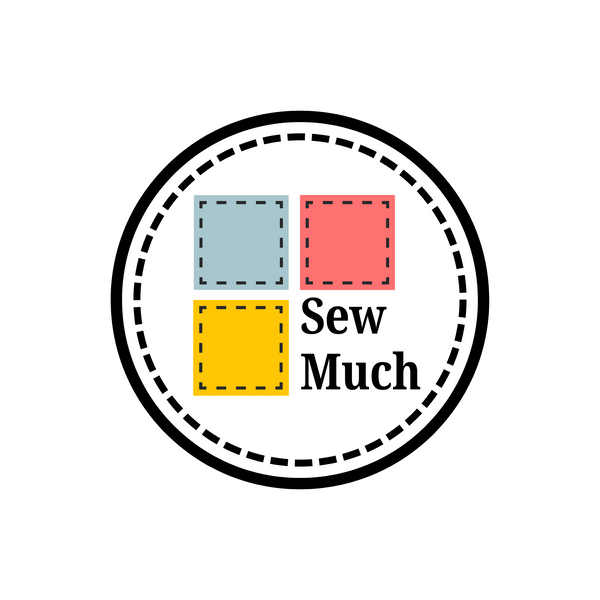Easy Oven Mitts To Make
Share

Guest blogger Chele B ( Instagram-@chelebehrens) shares the steps and pattern for her cute fun oven mitts!
These would make great gifts or just something new for your own kitchen!
Oven Mitt Pattern by Chele B
Note: every element of mitt including thread needs to be 100% cotton! You don’t want the mitt to melt when used!
Quick gifts timesaver tips:
1. If you’re making more than one mitt at the same time double or triple the fabric layers under the pattern pieces.
2. Place pattern pieces close enough together to cut once in between pieces
3. Use a rotary cutter on the straight aways.
4. Cut the lining 1.5 inches longer than the feature fabrics for pieces 1 and 3. That way you can turn up for a hem and avoid the bias tape application.
Before you cut: if the print is directional, think about how you want it to turn out!
Piece 1 Back: Cut 1 of feature fabric, 1 of lining, 1 of cotton batting Piece 2 Palm: Cut 2 of lining, or one feature fabric and one lining, 2 of batting (if you chose to cut 3 for extra protection from hot pans, I would suggest not including the middle piece in the seam allowances. Let the quilting hold it in place.)
Piece 3 Thumb/wrist: Cut 1 of feature and 1 of lining, or 2 of lining, 1 of batting
Cut Bias binding (I cut mine at 2” and it worked well) or use packaged (My first mitt I used packaged. I will NEVER do this again, as my machine skipped stitches on the thick bits no matter what I tried, and it’s a machine that usually does well on the thick bits.
After cutting all the pieces, sandwich the feature fabric(s)—right side out, batting and lining—right side out, and quilt. I chose to outline quilt the pattern of the fabric.
On the straight bottom (wrist edge) of each pieces 1 and 3, apply bias binding per the package instructions. Or turn up and press if you used the quick tip.
If you’ve cut your own bias strips, sew one edge at along the wrist edge with a 3/8” allowance. Turn the strip back onto itself. Fold over and press 3/8 along the other edge of the strip. Fold the strip over the mitt pieces and edge stitch. I used clips to hold it in place.


Lining sides together, sew pieces 2 and 3 along the curved thumb edge. I have found that it’s easiest to apply the bias binding if this seam is a wide zig zag at the edge. 2 reasons: It captures the edge of the lining and feature fabric, and it won’t show when you sew the 3/8” seam allowance for the binding. Apply the bias binding as instructed above. Tip I learned the hard way: Sew with binding side up to avoid wrinkles on the curve. OR to sped up assembly put right sides together and turn to avoid bias binding step. (If your machine doesn’t like to sew over thick bits, don’t attempt this tip.)

With lining sides together, sew the back to the assembly you just finished. Apply the bias binding.
On one end leave 3/4” so you can fold the binding over the raw edges to finish. On the other leave about 4 inches so you can make a loop to hang the mitt if desired. If not, finish like the other side.
Here are pics of how I folded the bias strip at the end to finish. It’s also helpful to press what pic 3 shows in place, but not necessary.




If you wanted a loop. Sew the extra binding as you edge stitch the turned bias strip. Then turn up 3/8”. Place that just below the wrist edge of the mitt and stitch in place.

